Have you made way too much of your favorite casserole? Freezing is a great way to make sure that you can save it for later. If you know that you'll never finish it before it gets old in the fridge, then storing a casserole in the freezer is a sensible alternative. But how exactly should one freeze casserole leftovers? We've checked with cooking experts for their tips and have the answer for you.
You can usually store a leftover casserole in the freezer for about three months. To do this, wrap your casserole in plastic and tin foil, or even keep small portions in separate freezer bags. Additionally, make sure to cover your casserole tightly to prevent excess air from seeping in and ultimately giving your food freezer burn.
Keep reading, and we'll give you some great pointers on how to store casserole leftovers in the freezer. We'll cover the best storage methods and how to prevent freezer burn. We'll even let you know how to freeze individual portions for later. With that said, let's dive right into this post!
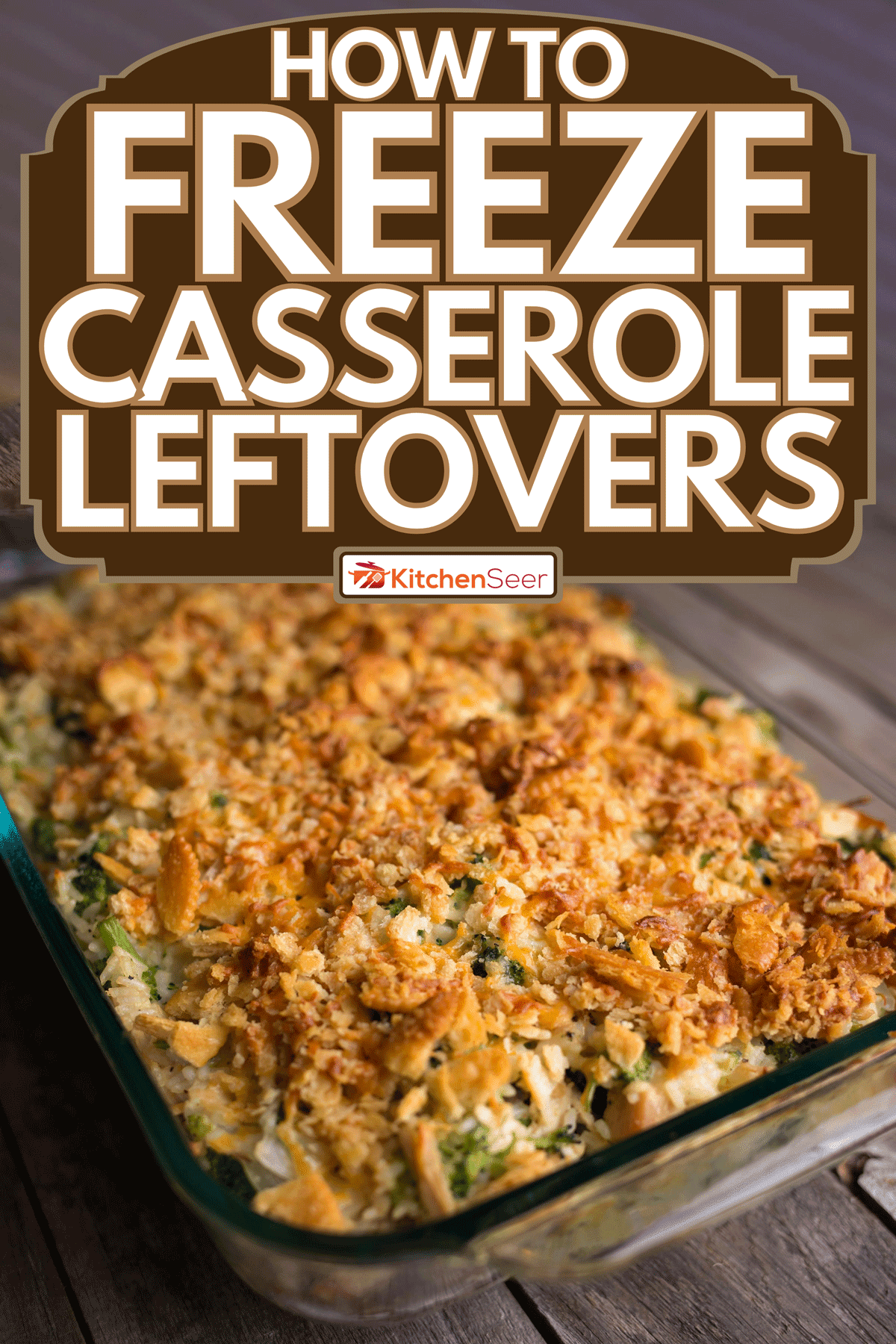
How Do You Store Casseroles In The Freezer?
You want to try and use casseroles within three months of being in the freezer because their ingredients start to degrade after that timeframe.
That said, the absolute maximum lifespan of a frozen casserole should be roughly six months, although this can vary depending on what ingredients are inside. Most casseroles won't taste good past the three-month mark, so this only applies to certain situations.
You can also prepare your casserole in the dish that you'll freeze it in or line the dish with aluminum foil. Another thing to keep in mind is that you don't want to put a hot/warm dish into the freezer as it could melt things nearby, so try to let your casserole cool for a few hours in the refrigerator beforehand.
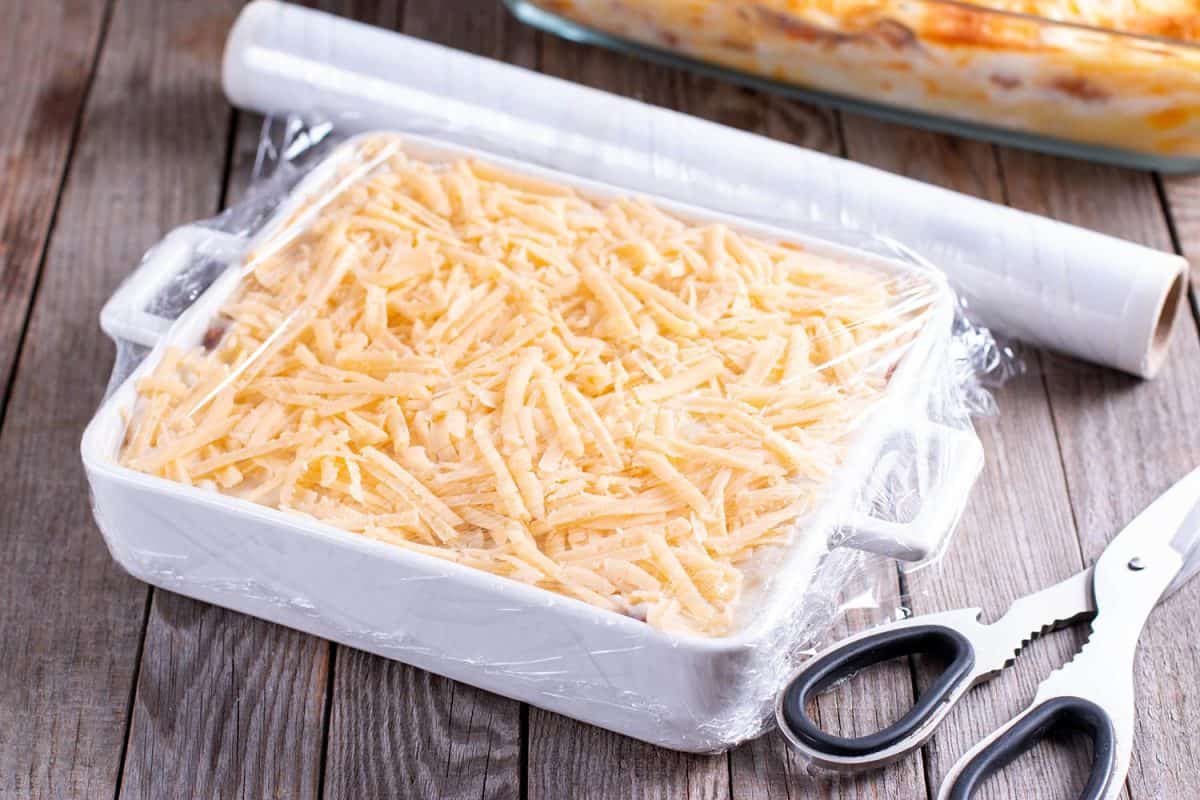
When you're ready to take your casserole out from the freezer, use the aluminum foil's edges to lift the dish and cover the top with plastic wrap.
Then, wrap extra foil over the casserole to protect it. You can then put it in a freezer bag or another layer of foil before freezing for long-term storage.
Alternatively, if you're freezing it right in the cooking dish, you can make your dish, let it cool if needed, cover it, and put it in the freezer. No matter how you pack up your casserole, try to keep extra air out as this can lead to freezer burn.
Furthermore, try to remember to label your dish with the date, so you know what you're about to eat when the time comes!
Can You Freeze Casseroles In Aluminum Pans?
The best way to freeze a casserole is by keeping it in whatever you're going to cook it in later. For this reason, aluminum pans are a great choice! You have a cooking dish ready to go without having to tie up any of your good bakeware for months at a time.
Considering that many aluminum pans don't have a lid, top your casserole with a layer of plastic wrap. If you can, try to wrap your dish as tightly as possible, to prevent outside air from making its way inside.
Next, cover it with aluminum foil. This offers more protection than just plastic wrap. But don't skip the plastic; otherwise, your food may stick to the foil.
If you aren't going to use aluminum pans, remember that whatever you choose needs to be both oven and freezer-safe, so try to keep that in mind.
Do You Have To Cook A Casserole Before Freezing It?
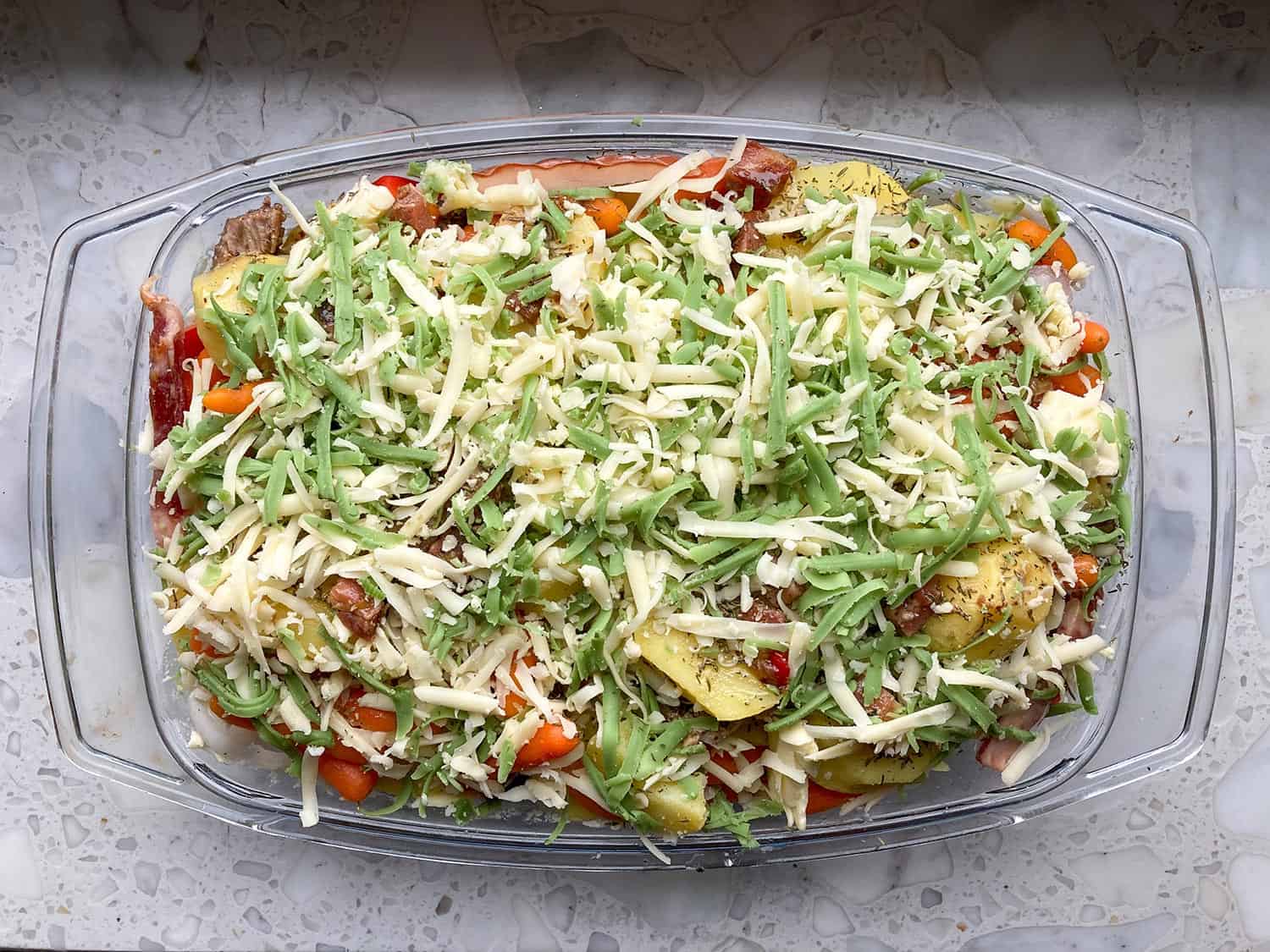
Although many casserole dishes taste best when cooking them before freezing, others don't necessarily require it. Depending on what ingredients you use, like cheeses and vegetables, you might want to hold off on cooking until later, so those are two examples.
On the other hand, if your casserole contains raw meat, you need to cook it before freezing. This will be best for freezing and may hold a bit better long-term.
How Do You Freeze Individual Portions Of Casserole?
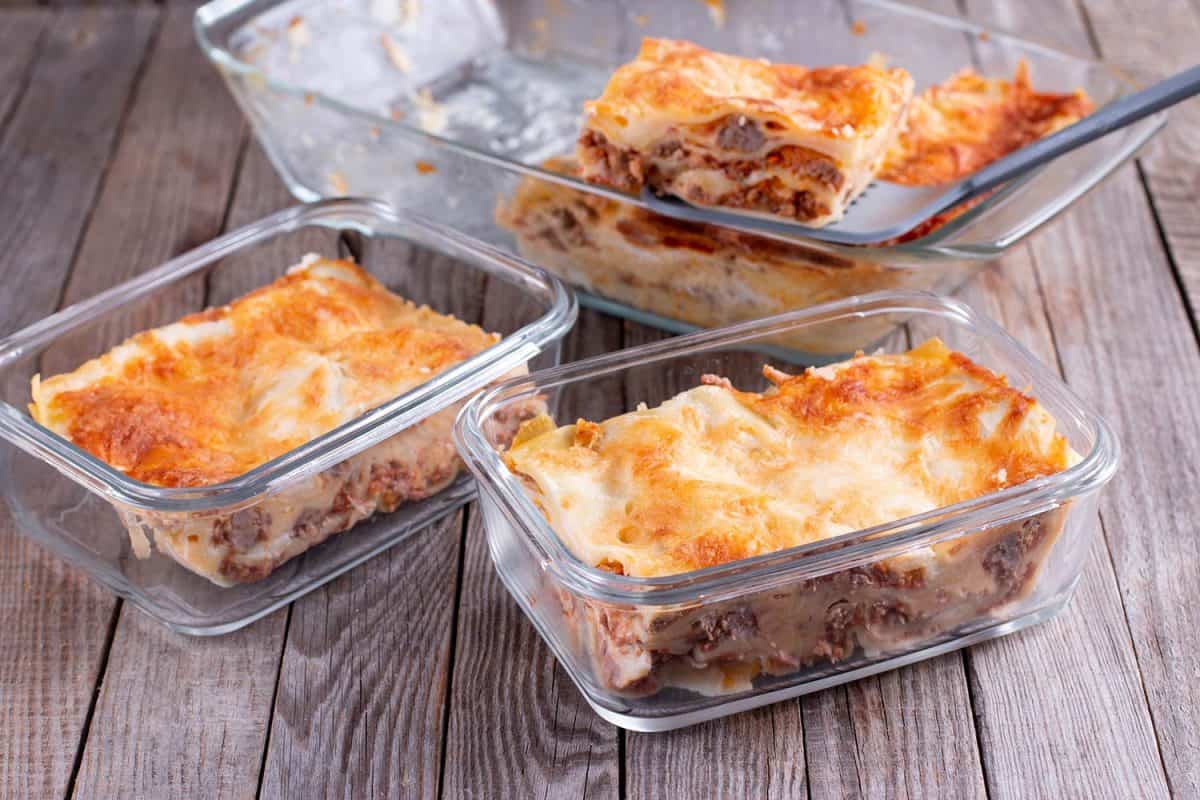
Freezing small portions of a casserole is the same basic idea as freezing an entire casserole. If possible, try to store your casserole in a freezer-safe dish and wrap it tightly.
Alternatively, you can let the casserole cool at room temperature. Then set aside the portion you want to keep and flash freeze it. Wrap the portion in plastic wrap and another layer of tin foil or a freezer bag.
Try to keep extra air out to prevent freezer burn. And as always, don't forget to label your dish with the date.
How Do You Reheat A Frozen Casserole?
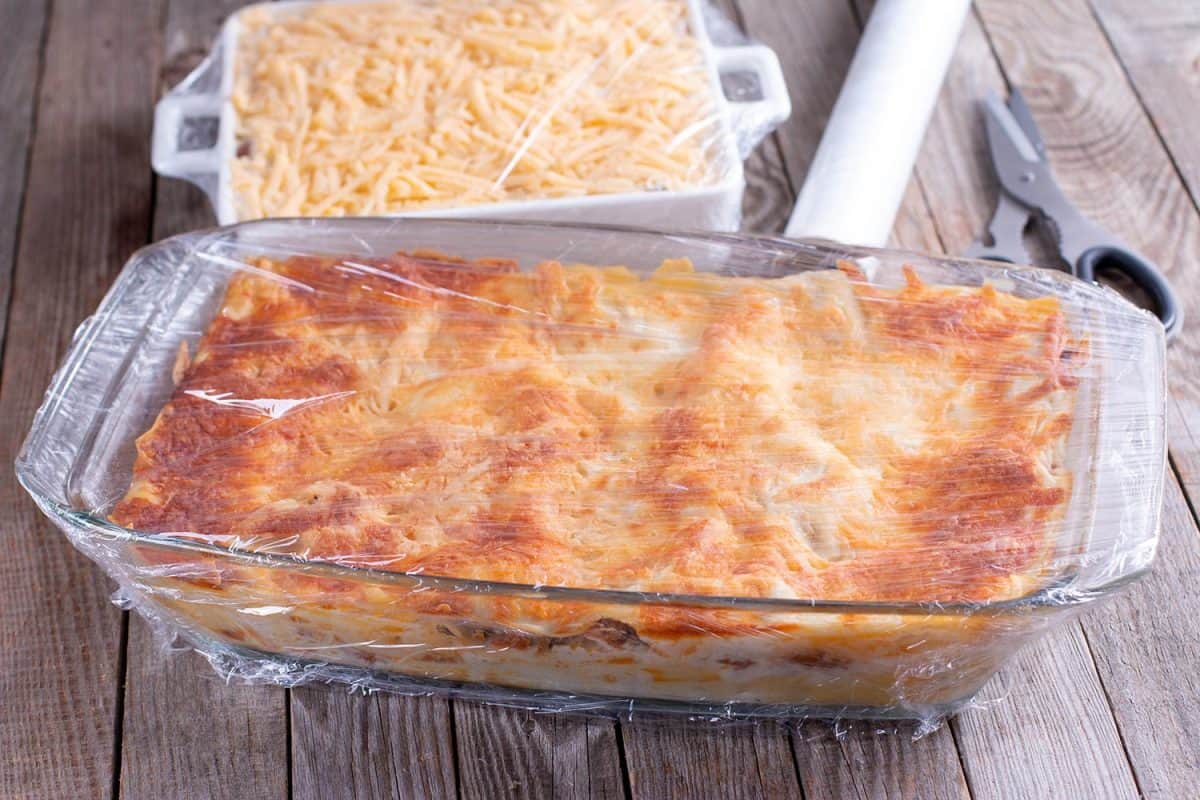
One important thing to avoid is letting your casserole have too much time to sit and thaw. For best results, take it straight from the freezer to the oven.
Otherwise, thawing can alter the texture of your dish. If it thaws at room temperature, any liquid or ice starts to melt, making the whole casserole soggy.
If there's any plastic wrap or anything else that isn't oven-safe, take it off promptly before baking. Keep the top covered with something like tin foil at the beginning. Remove the cover halfway through, as this keeps the top from burning before you're done.
Cook to the appropriate internal temperature, which depends on the ingredients. Usually, 165 degrees is good for most things, but you'll have to check based on what's in your casserole.
Expect a fully frozen casserole to take about twice as long to cook as it would have taken when cooked fresh. Once your dish is done, let it sit for 5-10 minutes before serving.
What Ingredients Don't Freeze Well In A Casserole?

Unfortunately, not all food freezes well. A few ingredients to avoid freezing in a casserole include:
- Eggs - these are an "in-between." Some people find the results satisfactory; some don't like how the egg changes when frozen. You'll have to be the judge of this one.
- Potatoes - while you can freeze them, aim for smaller pieces.
- Vegetables that are high in water content, including lettuce, cucumber, celery, radish, and cabbage.
- Mashed potatoes
- Salt - while you can freeze casseroles with salt, you'll probably need to add more salt after thawing and recooking.
- Bell pepper, which gets bitter when frozen.
- Garlic also tends to get bitter.
- Onion, as it tends to get mushy and lose flavor.
- Dairy products, including soft cheeses, sour cream, and cream cheese.
- Noodles - cook them only al dente (or slightly less). Otherwise, they may become soggy when reheated.
- Rice - while you can include rice, you'll need to prepare it correctly, which can be hit or miss.
To Wrap It All Up
Freezing casserole leftovers is a great way to make sure that you can still enjoy your favorite dishes in the future. Always cook dishes with meat before freezing, and don't freeze raw meat.
The easiest way is to freeze the casserole in the same dish you'll heat it in later. Be sure to pick a freezer and oven-safe dish. Alternatively, you can let it cool and then freeze it overnight. Wrap the casserole in plastic wrap and another layer of tin foil, or put it in a freezer bag.
Reheat it directly in the oven without thawing to keep your casserole from getting mushy. Also, remember to keep your casserole covered in the oven for the first half of its cooking time to prevent it from burning.

![close view inside hot operational household, Can You Bake With Aluminum Foil? [Is It Safe?]](https://kitchenseer.com/wp-content/uploads/2022/11/close-view-inside-hot-operational-household-250x250.jpg)

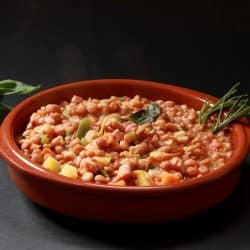


![A woman wearing apron holding large blue casserole dish, Does A Casserole Dish Need A Lid? [Here's the Rule of Thumb]](https://kitchenseer.com/wp-content/uploads/2020/11/A-woman-wearing-apron-holding-large-blue-casserole-dish-250x250.jpg)